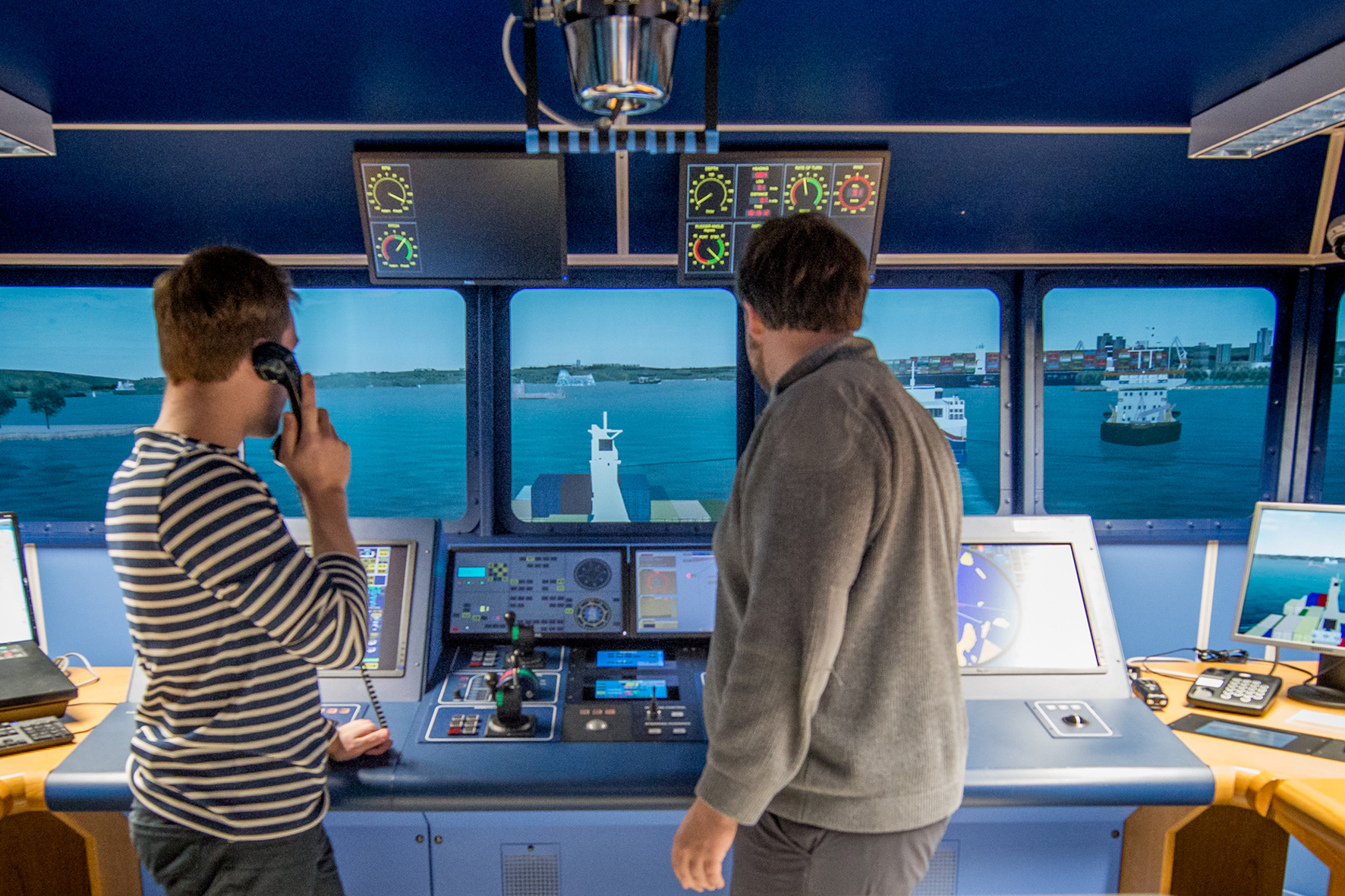Speech recognition for safe maritime traffic
Hamburg/Oldenburg. At the »Shipbuilding, Machinery & Marine Technology« (SMM) trade fair in Hamburg from 6 to 9 September 2016, the Fraunhofer IDMT will present a computer-assisted dialogue system that allows seafarers to train the standardised communication phrases for international maritime traffic.

Communication problems are the cause of more than forty percent of accidents at sea. In over ninety percent of all reported incidents it is an aggravating factor. Verbal communication on the ship’s bridge, in the engine room or by radio is a particular challenge: on the one hand due to the noise level on board, and on the other because the crew on ships, tugs and in the vessel traffic service centres belong to many different nationalities. By using acoustic signal processing and computer-based speech recognition, researchers at the Fraunhofer IDMT aim to contribute to improved safety in maritime traffic.
At this year's “Shipbuilding, Machinery & Marine Technology” (SMM) trade fair, the scientists will present an online training platform for so-called Maritime English. Through speech input and output, the system permits realistic, dialogue-based training of the Standard Marine Communication Phrases (SMCP), which were implemented by the International Maritime Organization in 2001. The speech input for the chatbot was developed in cooperation with the Department of Maritime and Logistics Studies at the Jade University of Applied Sciences Wilhelmshaven, Oldenburg, Elsfleth.
Reliable computer-based recognition of nautical commands spoken with different pronunciation is a technological challenge. The scientists also plan to adapt their signal capture and processing methods to the acoustic conditions in vessel traffic service centres and on ship’s bridges in order to further develop the recognition technologies for use in international maritime traffic.
“Communication on the ship’s bridge and in pilot stations could be automatically analysed and the recognised commands displayed on information displays. Speech recognition is also interesting for interaction with information systems, navigation applications and for documentation purposes,” explains Jens Appell, Head of the Department for Hearing, Speech and Audio Technology at the Fraunhofer IDMT.
Visit us in Hall 6, booth 319 at Fraunhofer Waterborne, joint stand of the Fraunhofer Traffic and Transportation Alliance.
Last modified:
 Fraunhofer Institute for Digital Media Technology IDMT
Fraunhofer Institute for Digital Media Technology IDMT